The peroneals are the two muscles which run down the outside of the lower leg. They attach at the top to the Fibula bone (the smaller of the two lower leg bones) run down the outer leg. The Peroneus Brevis tendon then inserts into the base of the 5th Metatarsal (long bones in the foot) with the Peroneus Longus tendon running under the sole of the foot too attach to the 1st metatarsal and other tarsal bones.
The function of the peroneal tendonitis brace is to evert the foot and aid the calf muscles with plantarflexion. Evertion (or supination) is the action of turning the ankle so that the sole of the foot faces outwards. It is the opposite of inversion (also known as pronation).
Peroneal Tendonitis is an overuse injury which develops gradually through repetitive strain on the tendon. The name tendonitis suggests that there is an inflammatory cause (‘itis’ = inflammation), although investigations have shown that this is not the case. It is more of a degenerative condition and so the phrase tendinopathy is more accurate.
Symptoms of peroneal tendinopathies include:
- Pain around the outer ankle which is aggravated by activity and relieved with rest.
- Tenderness of the peroneal tendons to touch.
- Pain on stretching the tendons – inverting the ankle.
- Pain on contracting the muscles – everting the ankle.
- There may be mild swelling and crepitus (creaking) in the tendon.
Peroneal tendonitis is very common in runners due to the repetitive motion at the ankle and the frequency of one of its biggest causes – overpronation! If the foot pronates (everts) excessively, this places extra strain on the peroneal muscles, as they work eccentrically (lengthening on contraction) to attempt to control this excess motion. Other common causes include running on slopes or cambered surfaces, as well as tight calf muscles.
Treatment of peroneal tendonitis should initially start with rest and the application of ice to ease pain and any inflammation present. Sports massage may be helpful to increase calf muscle elasticity as well as frictions to the tendons themselves to encourage blood flow and break down adhesions if present. Frequent stretching of the calf muscles is also highly recommended, as is peroneal strengthening with resistance bands.
Before returning to sport, the cause of the condition must be corrected. If overpronation is the culprit, then a change in running shoes to those with motion-control is advised. It may also be advisable to place arch support insoles in any other regular footwear.




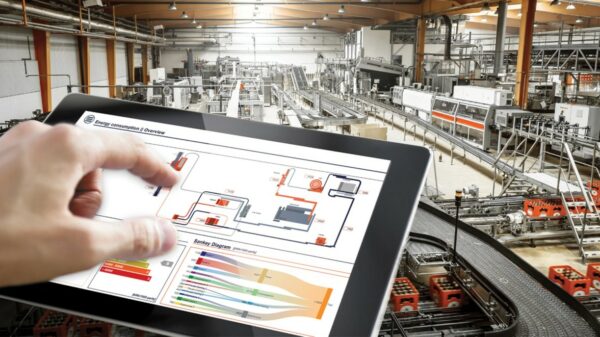

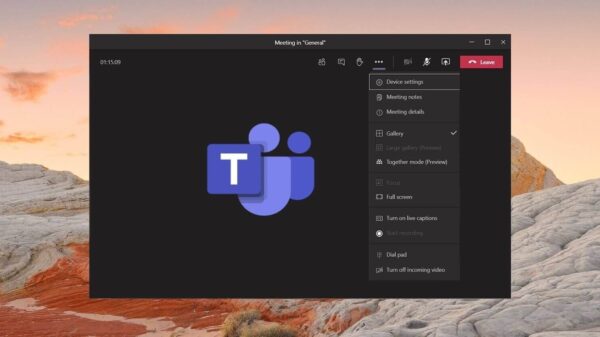
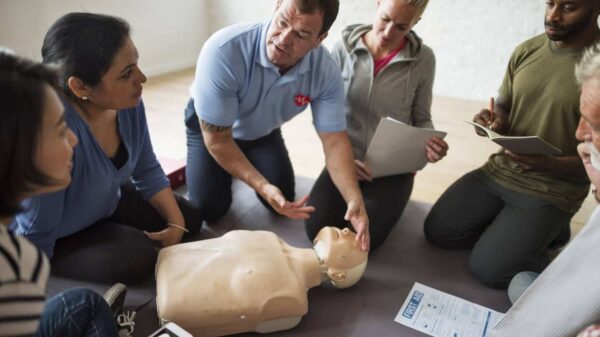






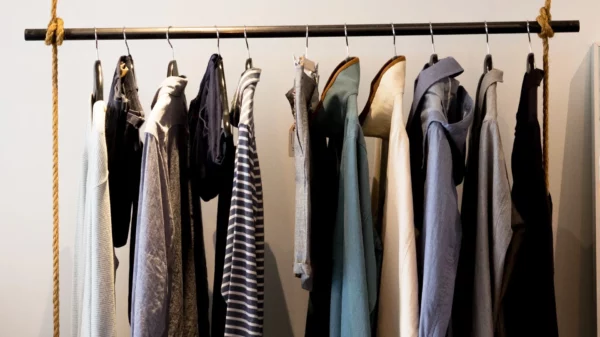








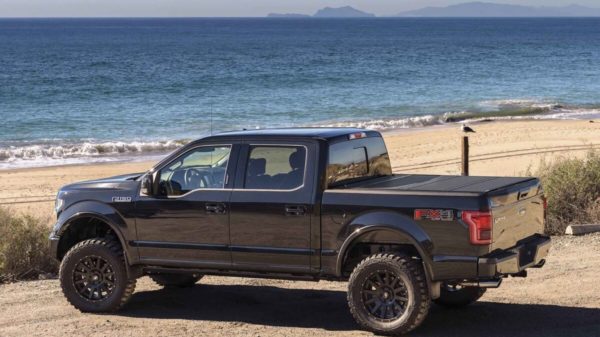
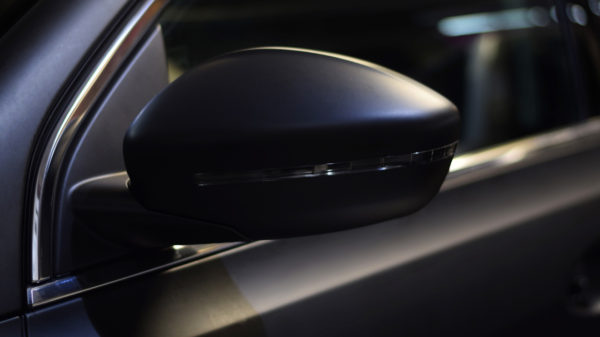
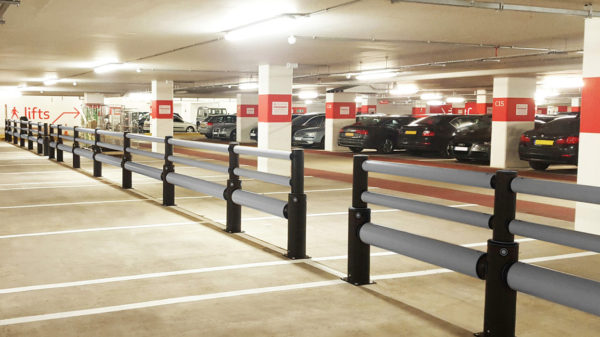

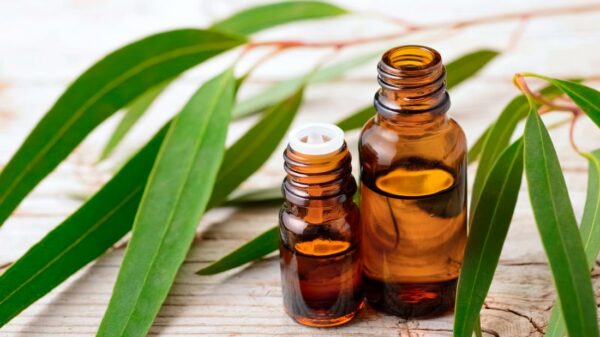
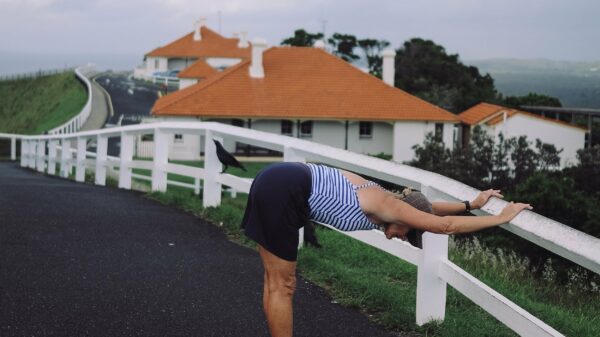
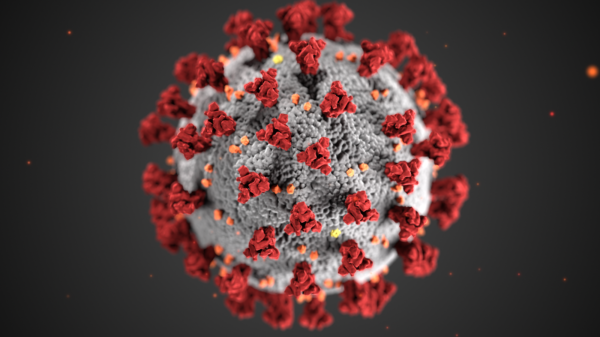
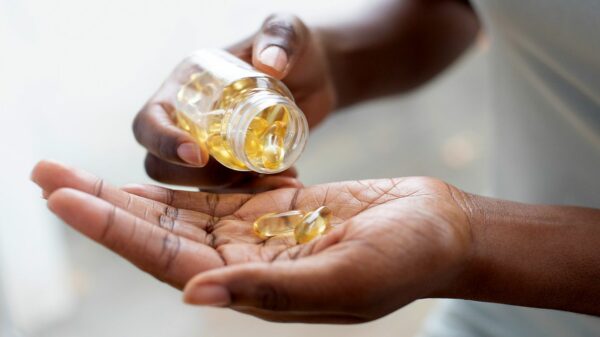
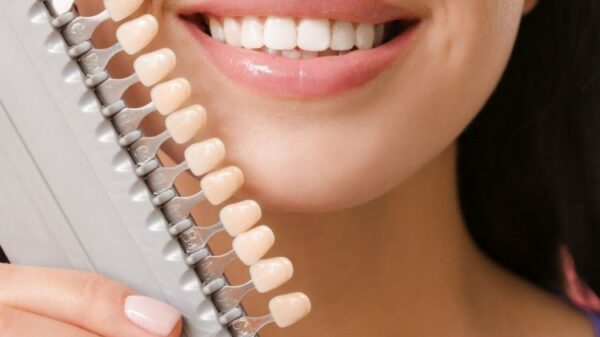




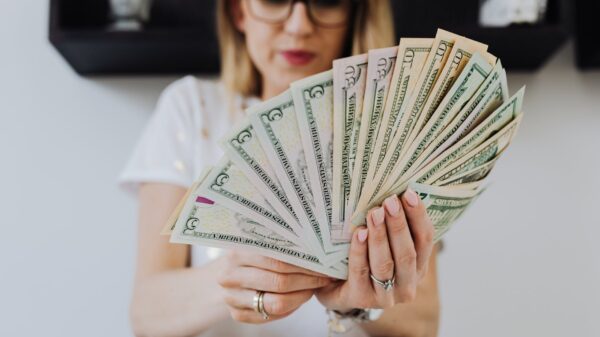



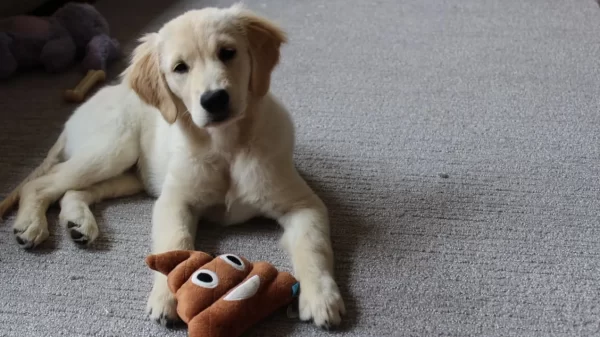
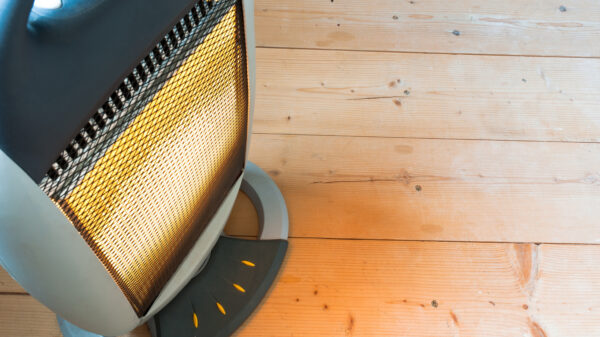




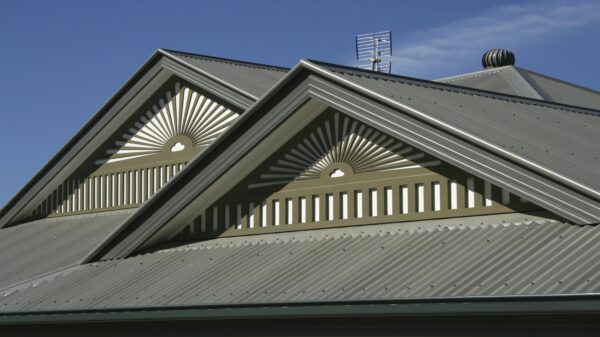



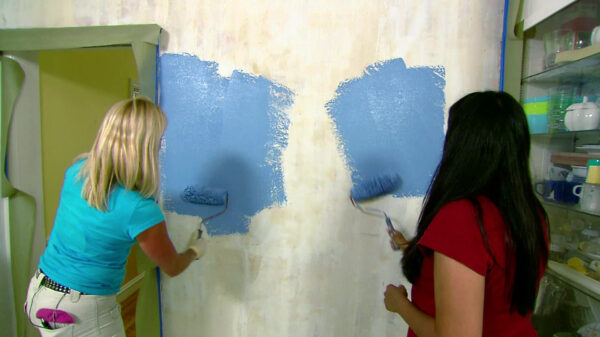








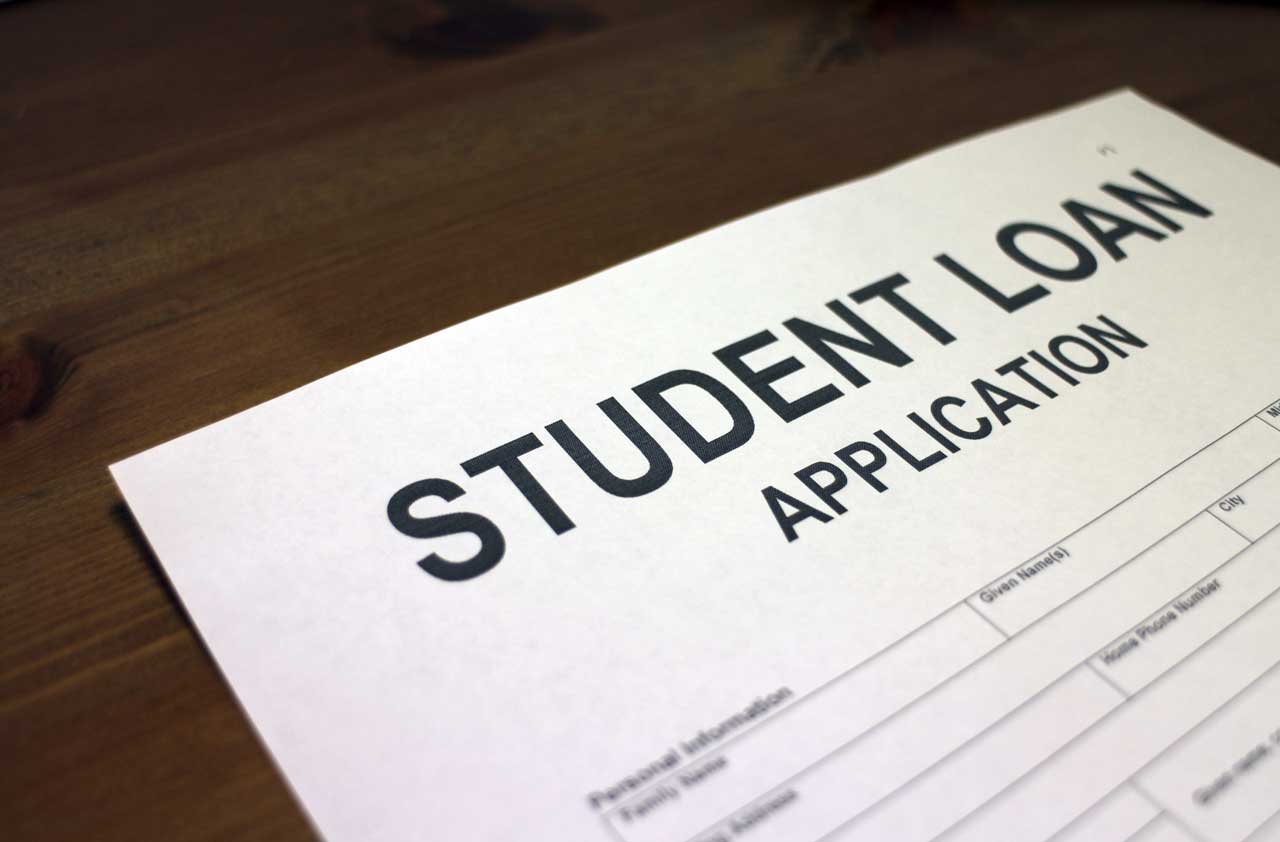
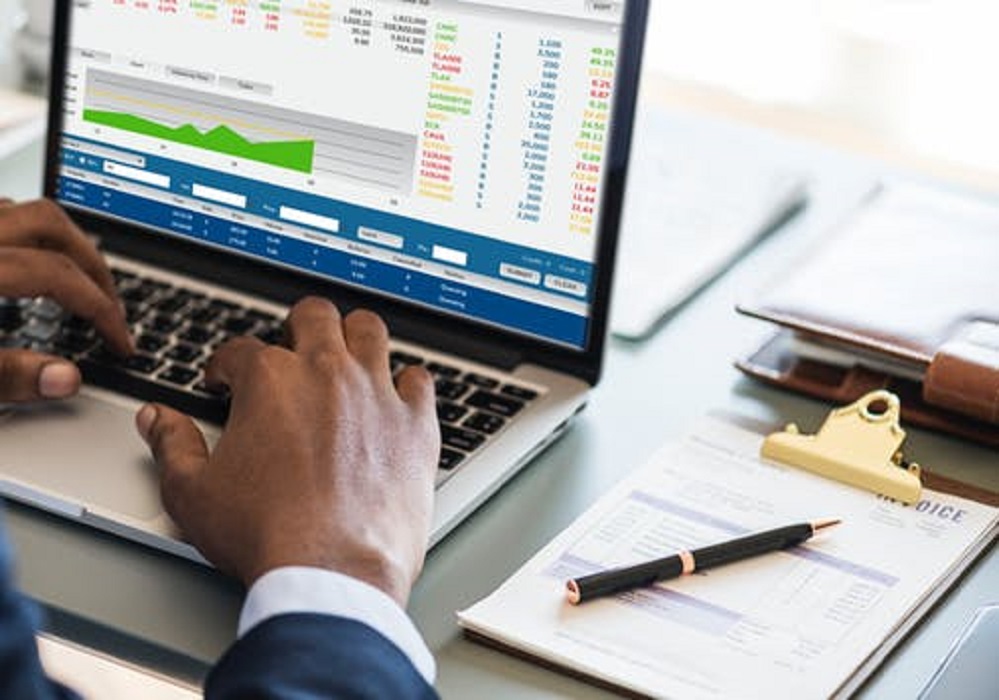
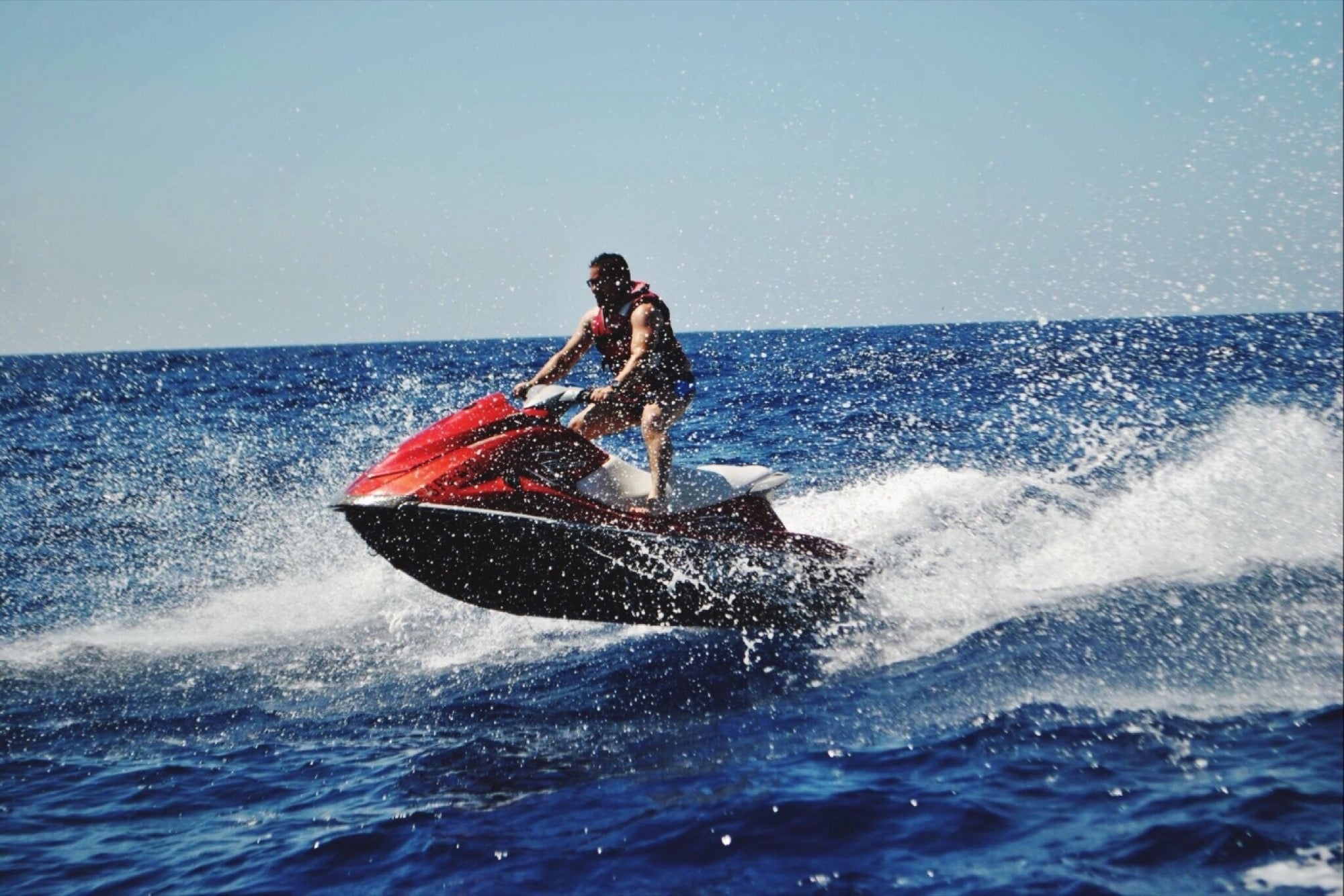

You must be logged in to post a comment Login